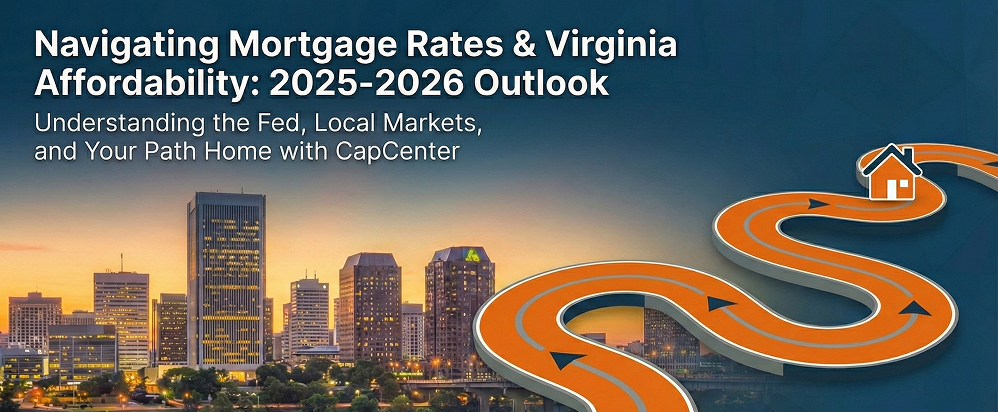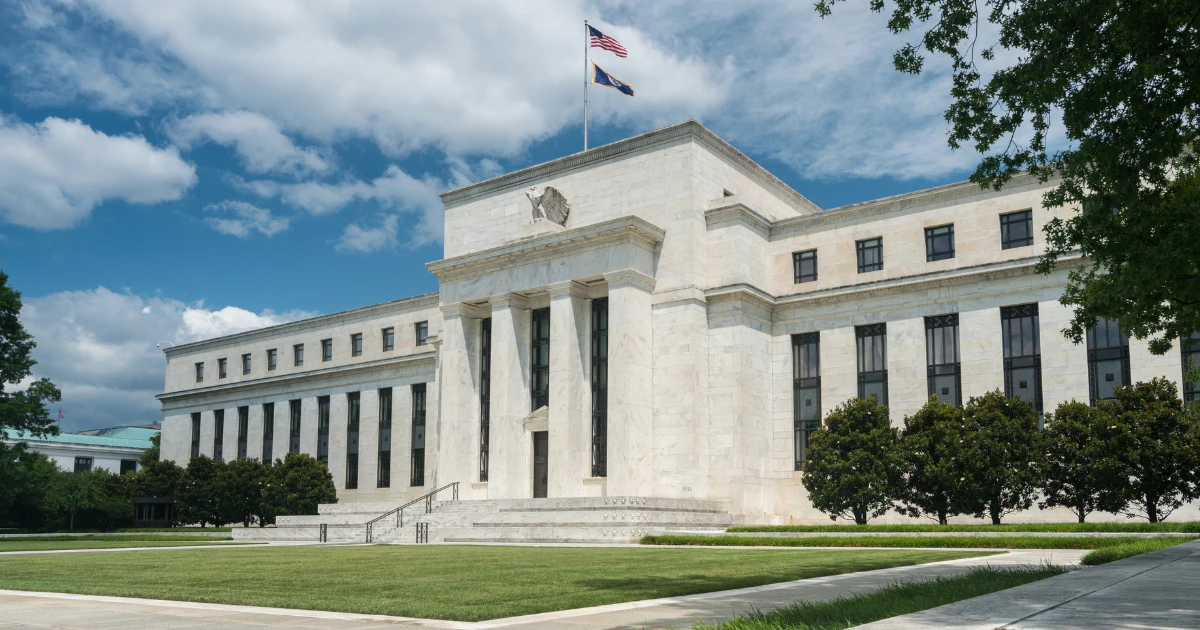A Growing Concern for U.S. Homeowners
Foreclosures are ticking up across the U.S. in 2025, sparking understandable concern among homeowners and prospective buyers. In July alone, more than 36,000 properties received foreclosure filings—an increase of 13% compared with the same month last year, according to housing data provider ATTOM. That means roughly 1 in every 3,939 housing units saw foreclosure activity, ranging from notices of default to bank repossessions.
While the overall numbers remain below the housing crash levels of 2008, the steady climb is a reminder that economic pressures—from inflation to job market shifts—are making it harder for some families to keep up with mortgage payments. At CapCenter, our goal is to help clients not only navigate the current housing market but also make financial choices that protect them from unnecessary risk.
Why Are Foreclosures Rising?
Several factors are fueling the increase:
- Economic pressures: Household debt is climbing. Credit card and auto loan delinquencies are also on the rise, suggesting that some families’ financial safety nets are thinning.
- Higher mortgage rates: Many buyers in recent years counted on the ability to refinance into lower rates, but those opportunities haven’t materialized as quickly as expected. When rates stay elevated, stretched budgets remain stretched.
- Regional job loss: States like Florida and Nevada—heavily dependent on tourism—are seeing sharper increases in defaults. Tourism tends to fluctuate with economic slowdowns, and job losses in those industries quickly ripple into housing.
- Market inventory shifts: Cities such as Las Vegas have seen surges in listings. When inventory outpaces demand, home values can dip, leaving some homeowners “underwater” (owing more than their homes are worth). That increases the risk of default.
The story isn’t the same everywhere. Some states are seeing sharp spikes, while others remain relatively stable.
Foreclosure & Auction Trends: A Market in Transition
Foreclosure and bank-owned property (REO) auctions rose nearly 20% year-over-year in Q2 2025, reaching a two-year high. That might sound alarming, but it’s still well below pre-pandemic norms—foreclosure auctions are at about 50% of 2019 levels, and REO auctions only 33% of 2019 levels. In other words, activity is climbing, but this isn’t 2008 all over again.
The increases aren’t isolated, either. They’re broad-based across loan types and regions, especially in the Sunbelt and Southeast markets like Phoenix, Houston, Dallas, and Atlanta.
Loan Types: Who’s Feeling the Pressure?
The data also highlights differences by loan program:
- VA loans saw foreclosure auctions spike by 428% year-over-year, largely because a 2024 foreclosure moratorium expired and pushed a backlog of cases into 2025.
- FHA and conventional loans have posted steady increases in the high single to low double digits. These borrowers often have less cushion, especially in markets where prices are softening.
- USDA loans are the outlier, showing a decline in activity.
This spread shows the stress is not confined to “riskier” loans. Instead, it’s evidence of wider financial strain across the market.
The Consumer Debt Connection
Rising foreclosure activity mirrors what we’re seeing in consumer credit. Credit card and auto loan delinquencies are climbing, suggesting many households are juggling debt in ways that weaken their ability to stay current on mortgages. Even with equity cushions, budgets are thinner, and when unexpected costs arise, defaults follow.
Vacant Properties: A Silver Lining
One bright spot: vacant REO auctions are up 31% year-over-year, hitting a five-year high. While this highlights stress, it’s also a positive development—blighted and unused properties are being cleared out and brought back into circulation.
- 40% of these homes are in low-income or minority neighborhoods, where additional supply is often needed most.
- More of them are going to owner-occupant buyers (20% in 2025 vs. just 5% in 2017).
- The average time a property sits as bank-owned has dropped from 1,500 days in 2021 to just 345 days in 2025.
That’s a healthier trend for communities and buyers alike.
Community-Level Impact
Unlike the 2008 era, most distressed sales today are handled by local “mom-and-pop” investors, not Wall Street firms. These smaller investors rely on renovating homes responsibly and stabilizing neighborhoods because their business models depend on long-term sustainability.
Policy shifts like the new Opportunity Zone rules—which require more investment in genuinely underserved and rural areas—are also channeling capital where it can do the most good. Since 2018, over 80,000 homes in underserved areas have been purchased through these programs, fueling revitalization and job creation.
How Today’s Market Differs from 2008
Many homeowners hear “foreclosure rise” and worry about another housing crash. But today’s situation is very different from the Great Recession.
- Equity is stronger: Home values have generally risen since the pandemic, giving many homeowners equity cushions to fall back on.
- Numbers remain below pre-pandemic averages: Even with the increases, foreclosure activity is still well below 2019 levels.
- Regulations are tighter: Lending standards are stronger, meaning fewer risky loans than in the mid-2000s.
Industry experts describe today’s trend more as a “normalization” than a crisis. After years of historically low foreclosure rates during the pandemic (thanks to moratoriums and forbearance programs), activity is reverting closer to long-term averages.
What It Means for Buyers
For buyers, rising foreclosure activity creates both challenges and opportunities.
- Increased inventory: More distressed properties can mean more options for buyers, especially in competitive markets.
- Potential price softening: If foreclosure filings grow in your area, it may put downward pressure on home prices.
- Competition from investors: Many foreclosure auctions attract local investors looking to flip properties, which can create competition.
If you’re shopping for a home, the key is to stay financially prepared. Getting pre-approved with CapCenter can help you understand exactly how much you can afford—and with our Zero Closing Cost Mortgage, you’ll save thousands upfront, leaving you more flexibility if unexpected market changes arise.
Get pre-approved with CapCenter today.
What It Means for Homeowners
For current homeowners, the message is to stay proactive:
- Watch your budget: Rising consumer debt is often an early sign of housing distress.
- Know your equity position: Use CapCenter’s free Home Value Estimate tool to see where you stand. Equity can give you options if financial strain arises.
- Explore refinancing or home equity loans before it’s too late: Even with higher rates, refinancing or tapping home equity may be better than falling behind on payments. CapCenter offers ZERO Closing Cost refinances and home equity loans that allow you to access funds without losing your low-rate mortgage.
The bottom line? Foreclosure is a lengthy process, and most homeowners have opportunities to act well before losing their home.
Key Takeaways for CapCenter Clients
- Foreclosures are rising—up 13% year-over-year in July—but remain well below 2008 crisis levels.
- Economic pressures and regional job losses are driving most of the increase, especially in tourism-heavy states.
- Homeowners still have options—equity, refinancing, or selling—before foreclosure becomes inevitable.
- CapCenter’s Zero Closing Cost loans save clients thousands upfront, keeping more money in your pocket to weather uncertain times.
- Now is the time to prepare—whether you’re buying, refinancing, or exploring a home equity loan.
Final Thoughts
Foreclosure activity is climbing, but it’s not a housing crash. For most homeowners, strong equity and stable lending standards mean the market is on firmer footing than in past downturns. Still, today’s environment underscores the importance of working with a trusted partner who can help you protect your financial future.
At CapCenter, we’re here to guide you through every step of the homeownership journey—helping you save money, reduce stress, and make confident decisions, no matter what the housing market brings.
Explore your options with CapCenter.




